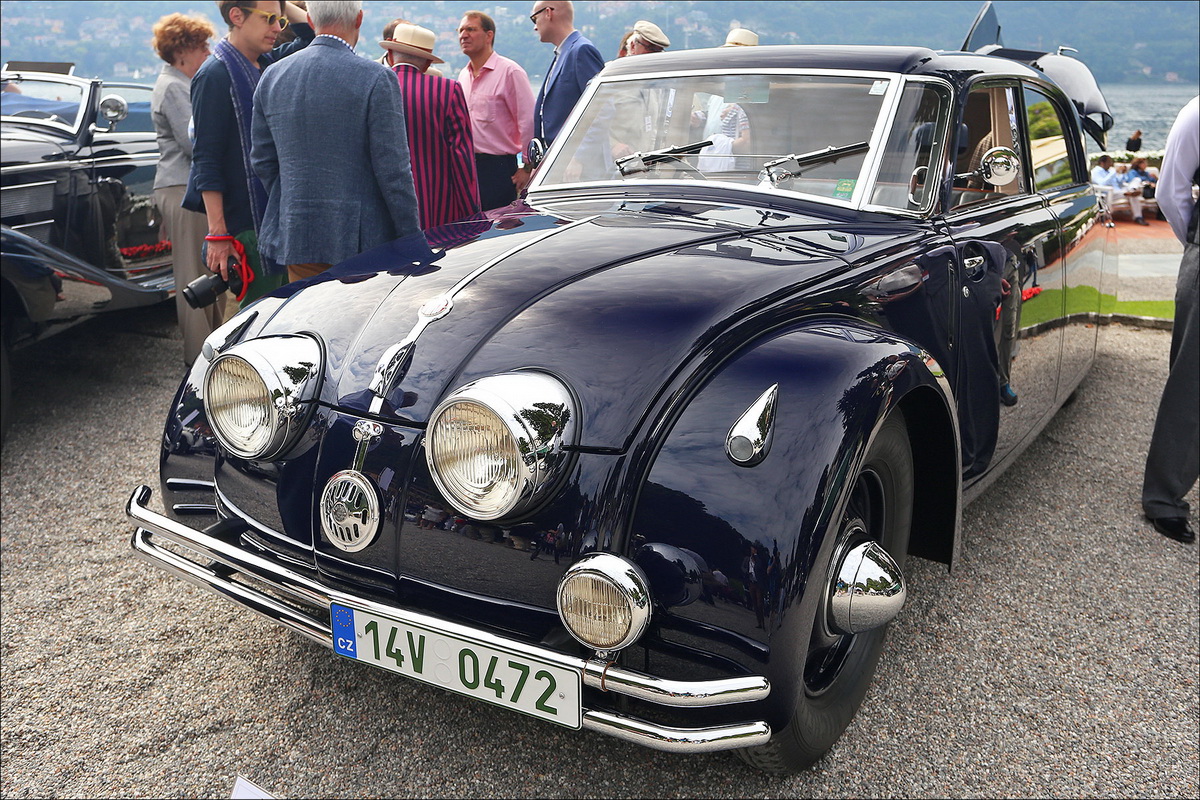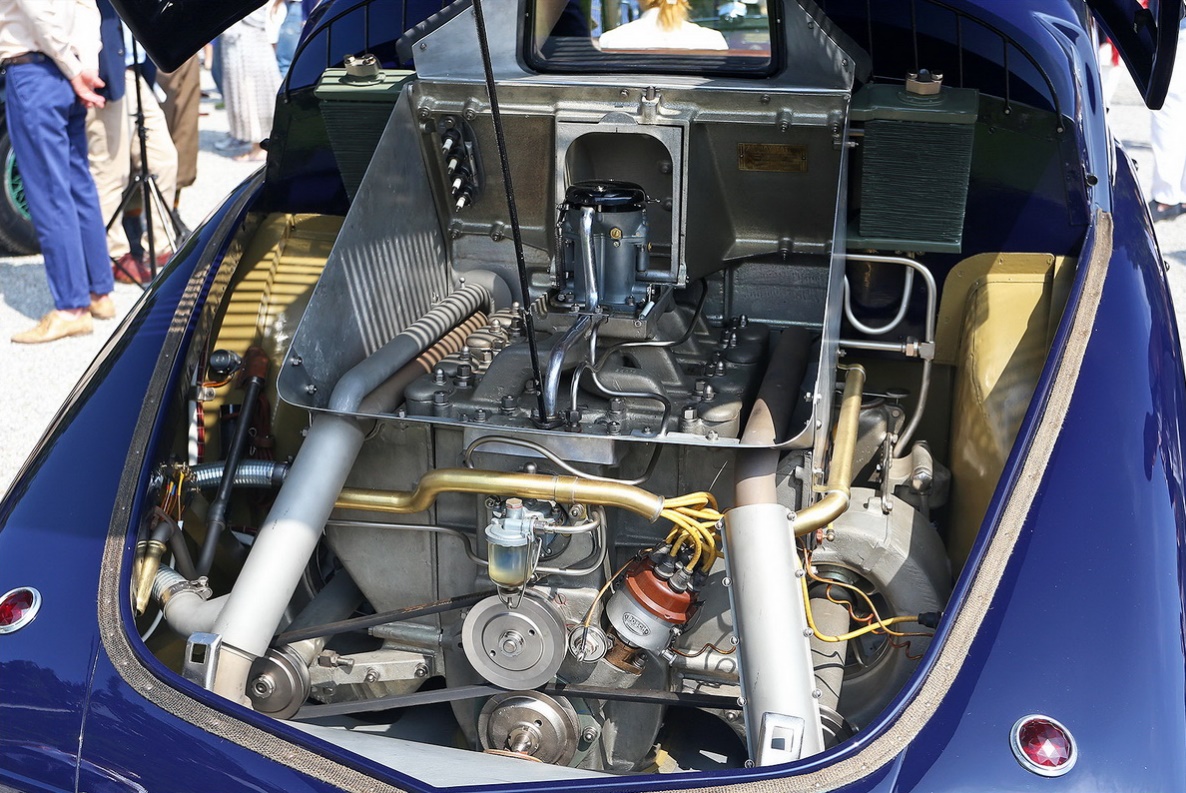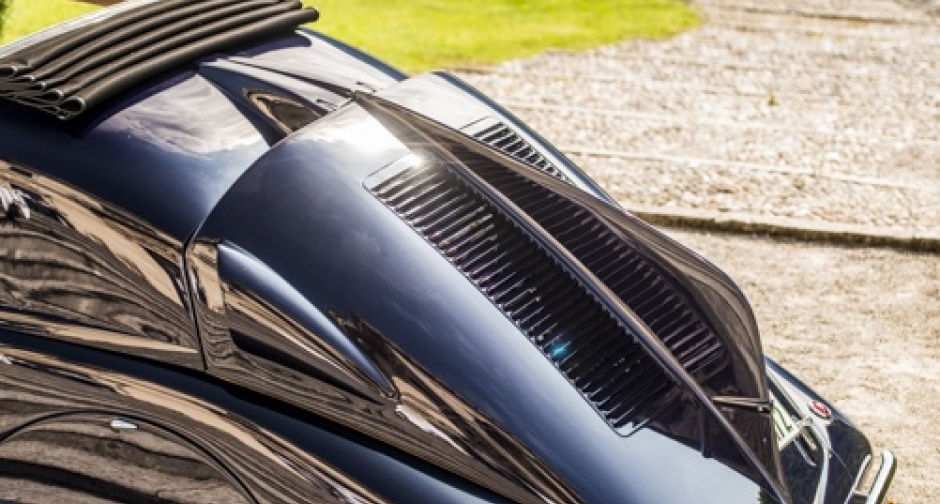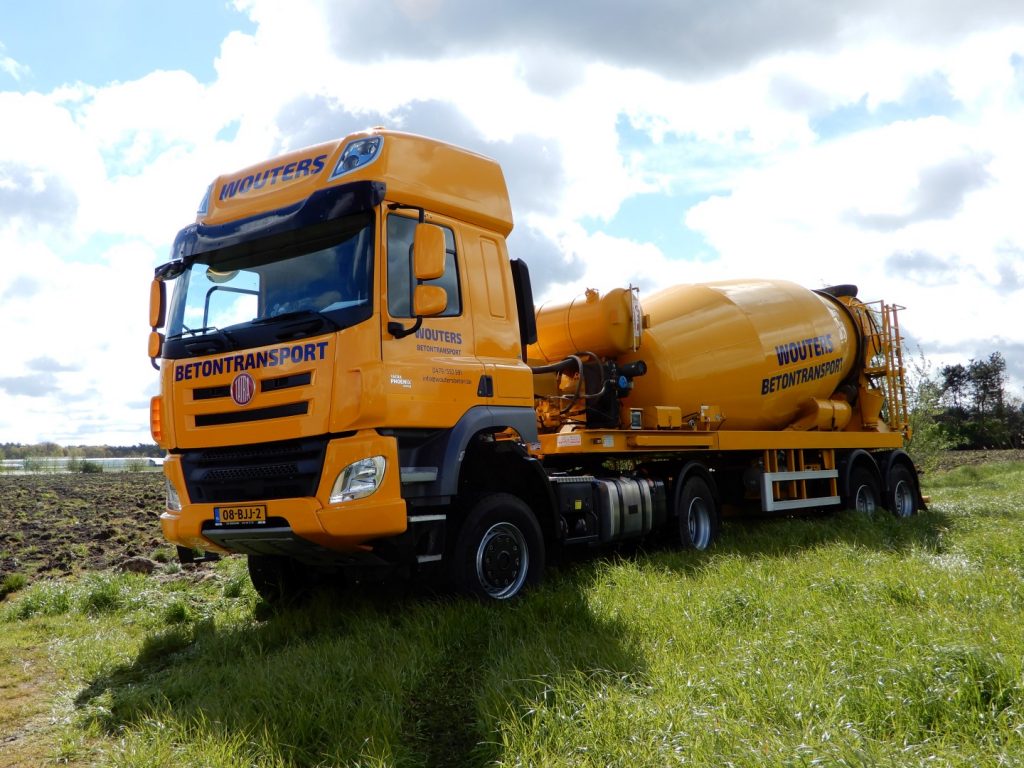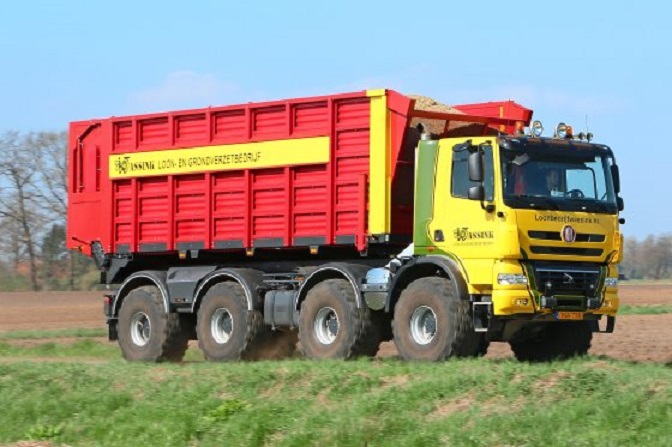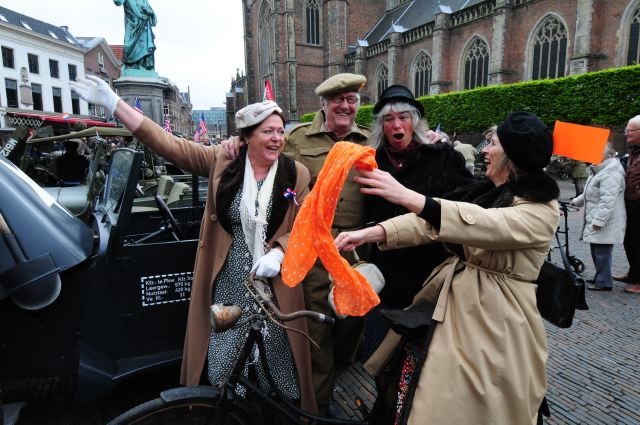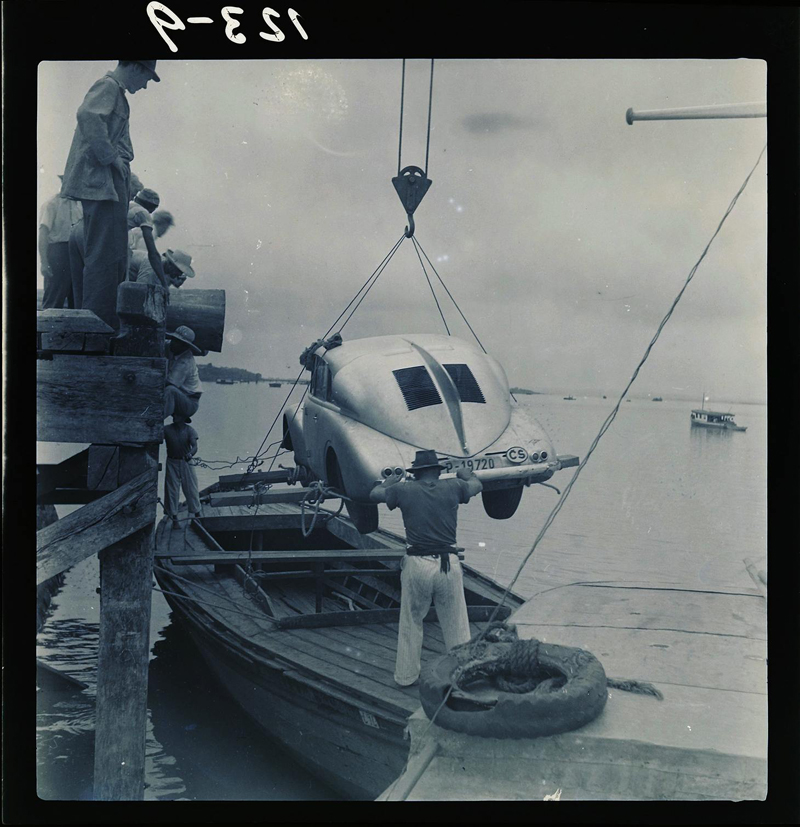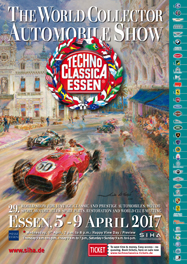In September, Tatra Trucks acquired one of the first Koprivnice competition specials for the Paris-Alger-Dakar marathon in 1986 and is now revealing further progress in its renovation.
Present owners of the Koprivnice carmaker do not only pay attention to its current production and future, but it also depends on supporting and saving its history as it is an integral part of the process of brand building.
Thanks to the consistent effort of Ing. Radomíra Smolka, a member of the Board of Directors of Tatra Trucks as and its technical director, was investigated by the owner of the competition car T 815 6×6 VE Ostrý-II of the serial number TNT815P17FK030641 with which the crew Zdeněk Kahánek, Miroslav Gumulec and ing. Josef Kalina with the start number 635 -Alger-Dakar 1986.
In September 2016, this vehicle was acquired in the collections of historical Tatra trucks, and restoration and reconstruction works were started immediately. At the beginning of January this year, the renovation of an exceptional vehicle was roughly in the first third of the whole schedule. It is now halfway behind, and the Koprivnice carmaker reveals further progress.
The centerpiece of the second third of the restoration and renovation work, one of the first Tatra Tattoos in Dakar, was the preparation and production of the superstructure. At the same time, work continued on completing the cabin and chassis. The support tube, the axles, the subframe and the part of the drive train are practically ready for the final finish.
Tatra Trucks states that the cab has undergone a general overhaul with the replacement of several sheet metal parts and has been fitted with an internal security frame in the 1985 version. Little surprise, for example, was the finding that the original dimensions of the tubes for the interior frame production are no longer available on the market, But luckily, the material needed has yet to be won.
The cabin already boasts a new varnish and is currently undergoing installation of internal equipment, an electric beam starting with the coating materials ending. In its original form, the special comes thanks to the 1986 modified bumper and the unique side wind deflectors. The prototypes were original and were missing after the return.
A separate chapter in the entire renovation process of the Dakar special is the superstructure. The original, which has undergone the hell of using and rebuilding under the thirty year service to several owners, remained in France. Respectfully, Jean Philipe took it back from Koprivnice back mounted on the Phoenix 8×8 Euro 6 chassis, for which the T 815 “Ostrý-II” was replaced.
As a result, according to the manufacturing documentation for standard platforms from the second half of the 1980s, it was manufactured and modified in the same way as the original ones. The whole process, of course, was not so simple, because some of the design procedures or rather the way of thinking are practically unrepeatable.
Technical Director Ing. Radomír Smolka therefore did a huge amount of work in de facto reconstruction of the whole body, including all the interior equipment. This time, of course, in line with current trends, primarily in electronic form. Beyond the scope of his duties, the designers Helena Křížková and Jakub Machálek helped him to draw up the drawing documentation.
Production of the superstructure and their individual parts took place both in the Kopřivnice factory and in the external companies. The grid superstructure itself and tarpaulin curves with side profiles of unique dimensions were manufactured by the Ecos high-tech companies, otherwise the supplier of the Tatra Force cabins.
The final assembly is a matter of a team of colleagues at the prototype workshop and actually opens the third, final, third of the renovation of this specialty. Renovation workshop is coordinated by Petr Gilar, one of the best test drivers of Tatra vehicles, an employee of the Vehicle Examination and Homologation Department.
In the seventeenth week, the outsourced company was commissioned to produce the sail and the graphics of all advertising stickers and starting numbers were completed to complete the look of the refurbished car.
The dedicated places in the warehouse are already filled with accessories, which eventually “sharp-II” make their way to the final state.
The pedal boats that have been saved from the barn in France have undergone repassion and got the final white lacquer. The pedal plates themselves had to be made from 6 mm aluminum material all over again, as the original ones still serve somewhere in West Africa. Directly from the 3D model, spherical pans were machined to fit the pedals on the levers.
Similarly, so-called “cobras” of engine suction and a whole bunch of other little things have been rebuilt and manufactured. Michelin XS 14.00-20 tires, which were made with five pairs, will definitely take on the new parts.
The Tatra T 815 6×6 VE with the starting number 635 is also interesting for the eighties and above all ABC magazine readers. It also served as a model for the top-quality paper model made by the architect Richard Vyškovský. The 1:32 racing truck had wheels on the swinging arms and copied perfectly the terrain that was passing over.
The sister car with the starting number 634, however, was a model for the 1:48 scale Monti System, which is still available on Vista.
In September, Tatra Trucks acquired one of the first Koprivnice competition specials for the Paris-Alger-Dakar marathon in 1986 and is now revealing further progress in its renovation.
Present owners of the Koprivnice carmaker do not only pay attention to its current production and future, but it also depends on supporting and saving its history as it is an integral part of the process of brand building.
Thanks to the consistent effort of Ing. Radomíra Smolka, a member of the Board of Directors of Tatra Trucks as and its technical director, was investigated by the owner of the competition car T 815 6×6 VE Ostrý-II of the serial number TNT815P17FK030641 with which the crew Zdeněk Kahánek, Miroslav Gumulec and ing. Josef Kalina with the start number 635 -Alger-Dakar 1986.
In September 2016, this vehicle was acquired in the collections of historical Tatra trucks, and restoration and reconstruction works were started immediately. At the beginning of January this year, the renovation of an exceptional vehicle was roughly in the first third of the whole schedule. It is now halfway behind, and the Koprivnice carmaker reveals further progress.
The centerpiece of the second third of the restoration and renovation work, one of the first Tatra Tattoos in Dakar, was the preparation and production of the superstructure. At the same time, work continued on completing the cabin and chassis. The support tube, the axles, the subframe and the part of the drive train are practically ready for the final finish.
Tatra Trucks states that the cab has undergone a general overhaul with the replacement of several sheet metal parts and has been fitted with an internal security frame in the 1985 version. Little surprise, for example, was the finding that the original dimensions of the tubes for the interior frame production are no longer available on the market, But luckily, the material needed has yet to be won.
The cabin already boasts a new varnish and is currently undergoing installation of internal equipment, an electric beam starting with the coating materials ending. In its original form, the special comes thanks to the 1986 modified bumper and the unique side wind deflectors. The prototypes were original and were missing after the return.
A separate chapter in the entire renovation process of the Dakar special is the superstructure. The original, which has undergone the hell of using and rebuilding under the thirty year service to several owners, remained in France. Respectfully, Jean Philipe took it back from Koprivnice back mounted on the Phoenix 8×8 Euro 6 chassis, for which the T 815 “Ostrý-II” was replaced.
As a result, according to the manufacturing documentation for standard platforms from the second half of the 1980s, it was manufactured and modified in the same way as the original ones. The whole process, of course, was not so simple, because some of the design procedures or rather the way of thinking are practically unrepeatable.
Technical Director Ing. Radomír Smolka therefore did a huge amount of work in de facto reconstruction of the whole body, including all the interior equipment. This time, of course, in line with current trends, primarily in electronic form. Beyond the scope of his duties, the designers Helena Křížková and Jakub Machálek helped him to draw up the drawing documentation.
Production of the superstructure and their individual parts took place both in the Kopřivnice factory and in the external companies. The grid superstructure itself and tarpaulin curves with side profiles of unique dimensions were manufactured by the Ecos high-tech companies, otherwise the supplier of the Tatra Force cabins.
The final assembly is a matter of a team of colleagues at the prototype workshop and actually opens the third, final, third of the renovation of this specialty. Renovation workshop is coordinated by Petr Gilar, one of the best test drivers of Tatra vehicles, an employee of the Vehicle Examination and Homologation Department.
In the seventeenth week, the outsourced company was commissioned to produce the sail and the graphics of all advertising stickers and starting numbers were completed to complete the look of the refurbished car.
The dedicated places in the warehouse are already filled with accessories, which eventually “sharp-II” make their way to the final state.
The pedal boats that have been saved from the barn in France have undergone repassion and got the final white lacquer. The pedal plates themselves had to be made from 6 mm aluminum material all over again, as the original ones still serve somewhere in West Africa. Directly from the 3D model, spherical pans were machined to fit the pedals on the levers.
Similarly, so-called “cobras” of engine suction and a whole bunch of other little things have been rebuilt and manufactured. Michelin XS 14.00-20 tires, which were made with five pairs, will definitely take on the new parts.
The Tatra T 815 6×6 VE with the starting number 635 is also interesting for the eighties and above all ABC magazine readers. It also served as a model for the top-quality paper model made by the architect Richard Vyškovský. The 1:32 racing truck had wheels on the swinging arms and copied perfectly the terrain that was passing over.
The sister car with the starting number 634, however, was a model for the 1:48 scale Monti System, which is still available on Vista.
